Scientists rewrite the origins of Native American populations.

For generations, the accepted story said that the first Native Americans came from a single group of Siberian hunters who crossed a frozen land bridge into Alaska around 14,000 years ago. That idea has shaped textbooks, museum exhibits, and public understanding for decades. But new research has turned that old theory inside out. Using ancient DNA, climate modeling, and archaeological finds, scientists have now revealed a much more intricate picture of how the Americas were first peopled. It appears the journey wasn’t one route or one moment—it was a long, branching saga that spanned continents.
1. Genetic evidence points to multiple ancestral sources in Asia.

Recent genome analyses from ancient remains show that early Native American ancestry came not only from Siberia but also from regions in northern East Asia and coastal China. The genetic overlap suggests a more complex pattern of population mixing before the first migrations into the Americas occurred. This was reported by Science.org, which described how DNA studies revealed intertwined ancestries, not a single origin. It means the story of the first Americans wasn’t a straight path from one place, but a web of migrations that merged before crossing into a new world.
2. Skeletal features disprove a link to ancient Japan.
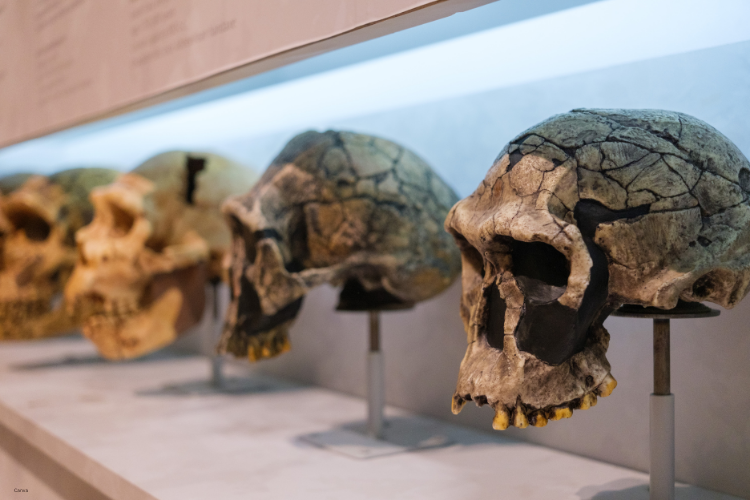
For years, some researchers believed Native Americans descended from the Jōmon people of ancient Japan. But new dental and skeletal studies now show clear distinctions between the two groups, as discovered by researchers. The evidence shows that traits once thought to connect them are actually evolutionary coincidences, not shared ancestry. This finding dismantles a long-standing pillar of the “coastal Japan” theory and forces scientists to rethink how early populations spread along the Pacific Rim. It also highlights how new data can upend ideas that once felt unshakable, changing how we view early human movement.
3. Siberia was a genetic crossroads for ancient populations.

Ancient DNA samples from across Siberia show the region wasn’t an origin point but a meeting ground for many human groups before the Americas were settled. As stated by Science.org, Siberia served as a massive genetic crossroads where northern Asian and ancient Arctic populations blended. From there, several groups—each slightly different—moved eastward at different times. This model explains why Native American ancestry is so diverse even in the earliest remains. It shifts our perspective from a single migratory event to a complex series of encounters that shaped the first peoples of the Americas.
4. New migration paths reveal an unexpected coastal journey.
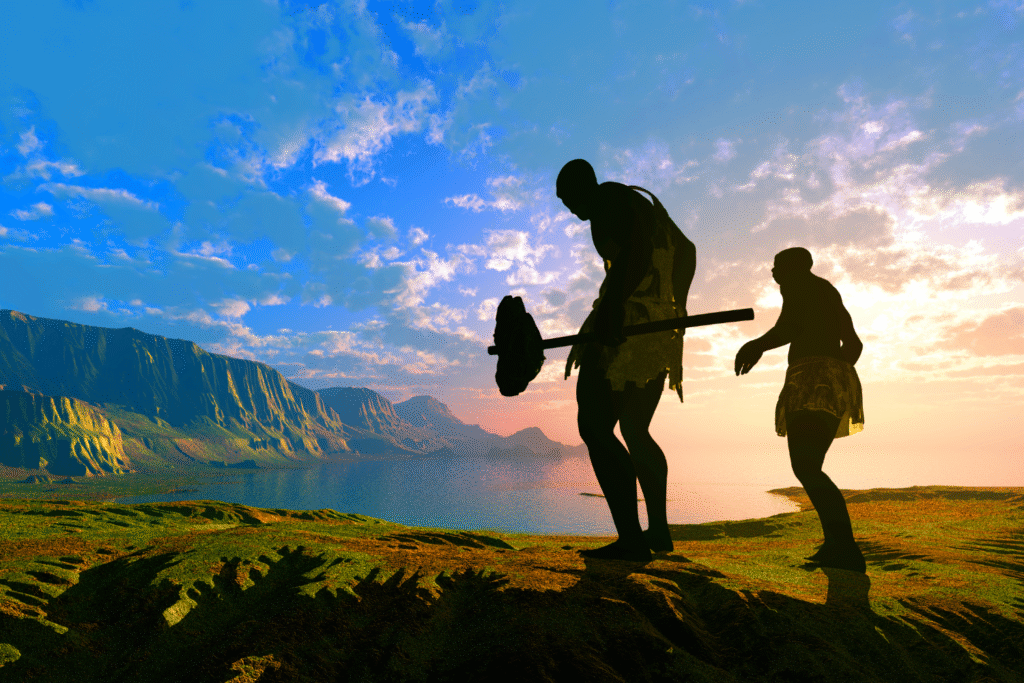
Archaeological discoveries are showing that some of the earliest migrations likely followed Pacific shorelines, not inland glaciers. Low sea levels during the Ice Age created vast coastal plains that were rich in food and resources. These routes would have allowed small groups to move steadily south while remaining connected to the sea. It makes sense—oceans feed and guide travelers far better than ice and tundra. The story of early migration becomes one of survival through flexibility, with the ocean serving as a pathway rather than a barrier.
5. Early arrivals may have reached the Americas far earlier.
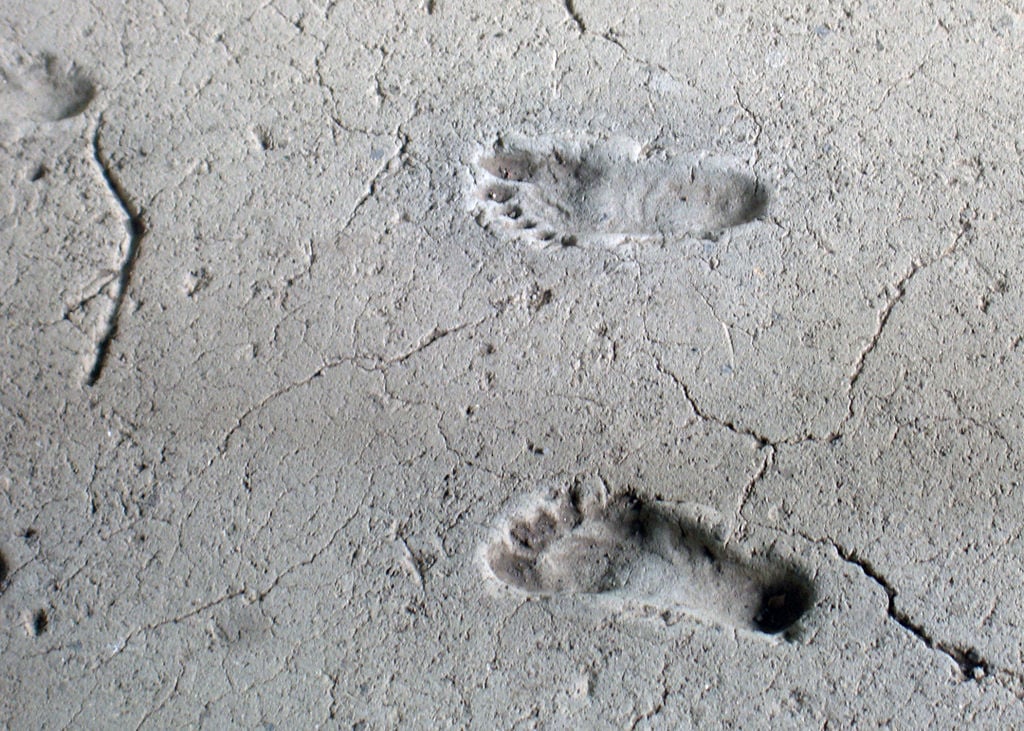
Fresh evidence is pushing the timeline of human presence in the Americas back thousands of years earlier than once believed. Stone tools found in sites like Chiquihuite Cave in Mexico and footprints preserved in New Mexico suggest people were already here as far back as 21,000 years ago. These findings stretch the imagination, but they also fill in the missing pieces of early settlement. It seems humanity’s curiosity and resilience carried people farther, faster, and earlier than science once thought possible.
6. Modern Indigenous ancestry is far more intricate than assumed.
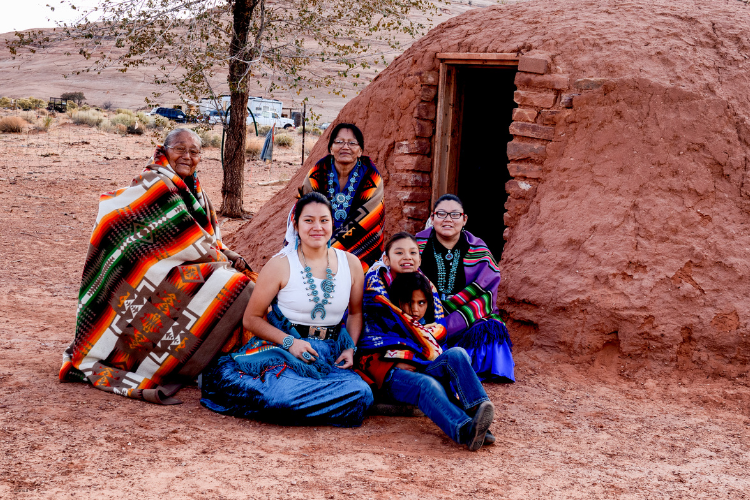
Genetic analysis of modern Indigenous peoples shows their ancestry carries traces from multiple ancient populations, each representing a different stage of migration and adaptation. Instead of one founding group, there were several, intermixing before and after arrival in the Americas. This doesn’t fragment Indigenous identity, it deepens it, revealing a story of endurance through countless changes. The diversity found within Native American genetics mirrors the diversity found in their cultures and histories, showing that complexity has always been part of who they are.
7. Ancient tools and languages support the multilayered theory.
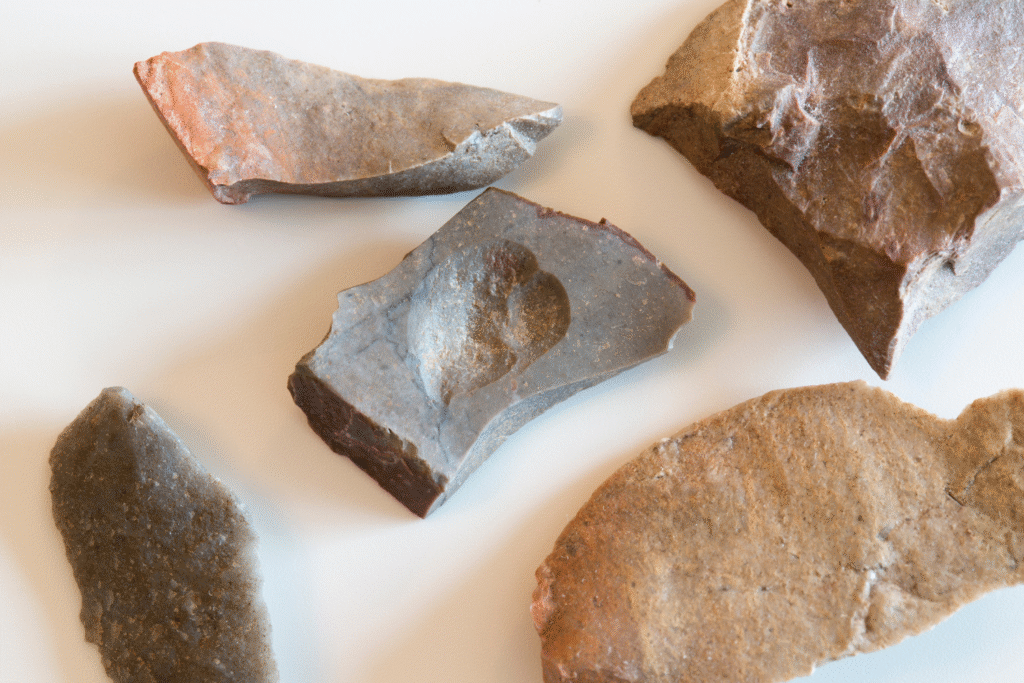
Linguistic studies and tool comparisons between ancient Asian and early American sites are starting to align with the genetic findings. Languages across North and South America share structural echoes that trace back to multiple regions in Asia. Likewise, the earliest tools—such as blade technologies and bone points—show regional mixing of styles. These details may sound small, but they tell the same larger story: movement wasn’t linear. Humans carried ideas, tools, and stories across enormous distances, reshaping both their environments and themselves.
8. Climate shifts played a hidden role in every migration.

Every major movement across continents coincided with powerful environmental shifts. As glaciers advanced or retreated, land bridges opened and closed, trapping and releasing populations. Climate instability may have forced groups to adapt quickly, moving southward to find food and stability. This dance with nature shaped not only how early people migrated but also how they survived once they arrived. The Americas weren’t discovered in one dramatic crossing—they were gradually inhabited by generations responding to the rhythms of a changing planet.
9. Indigenous knowledge adds depth to scientific discovery.

While genetics reshapes the timeline, Indigenous oral traditions continue to provide something equally valuable: continuity. Many Native nations have long told stories of long migrations, of ancestors who came from different lands and climates before finding home. Scientists are increasingly working alongside Indigenous communities to interpret these findings respectfully. When ancient knowledge and modern science meet, both grow richer, revealing truths that data alone can’t fully hold. The merging of those voices ensures this new origin story feels both factual and deeply human.
10. The true story of the first Americans is still unfolding.

What’s emerging isn’t a correction—it’s an expansion. The new research doesn’t erase old theories; it builds on them with greater clarity. It reminds us that human history isn’t static, it’s alive, constantly rewritten by discovery. The first Americans weren’t a single people or a single journey—they were many paths converging into one destiny. And in that realization, there’s something humbling: our past isn’t finished being told, and every discovery adds one more heartbeat to humanity’s shared story.
